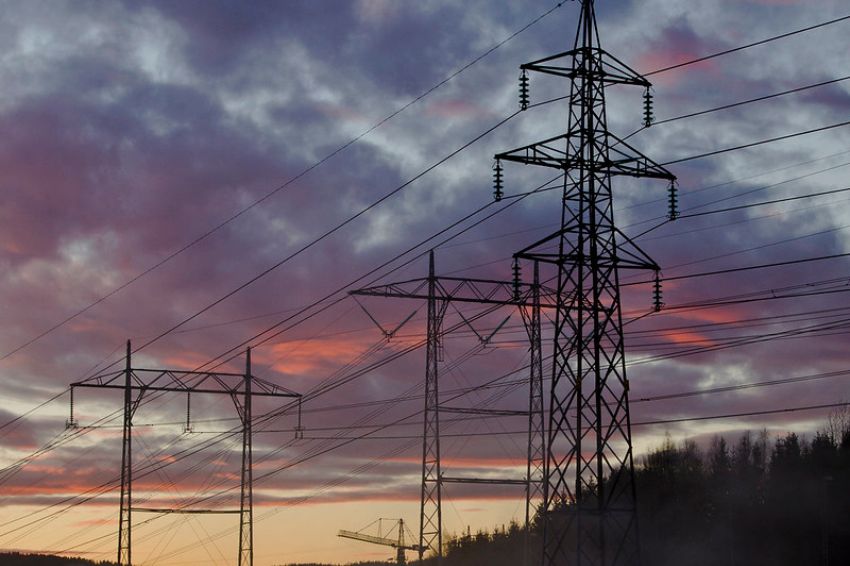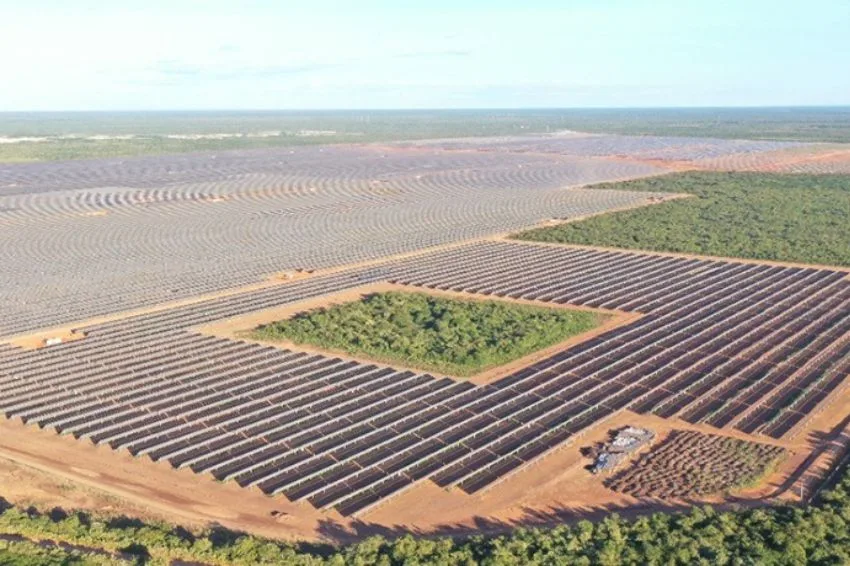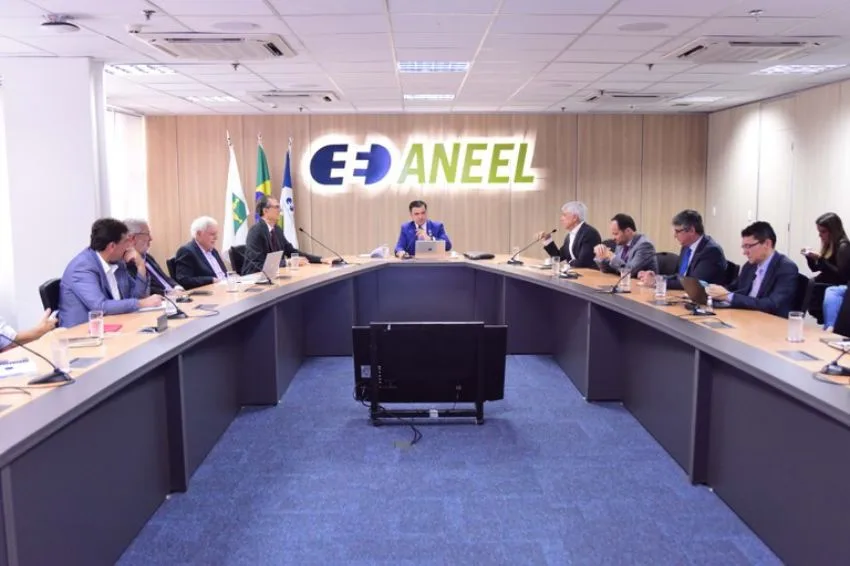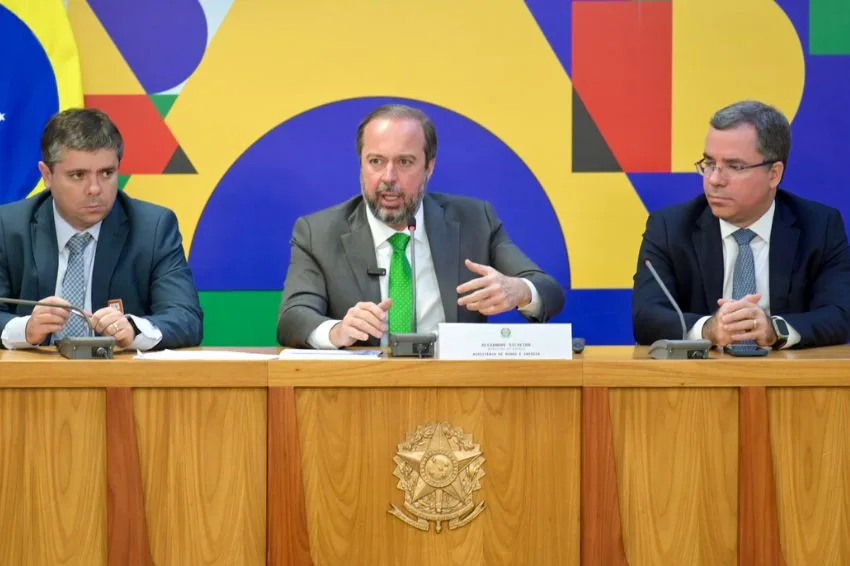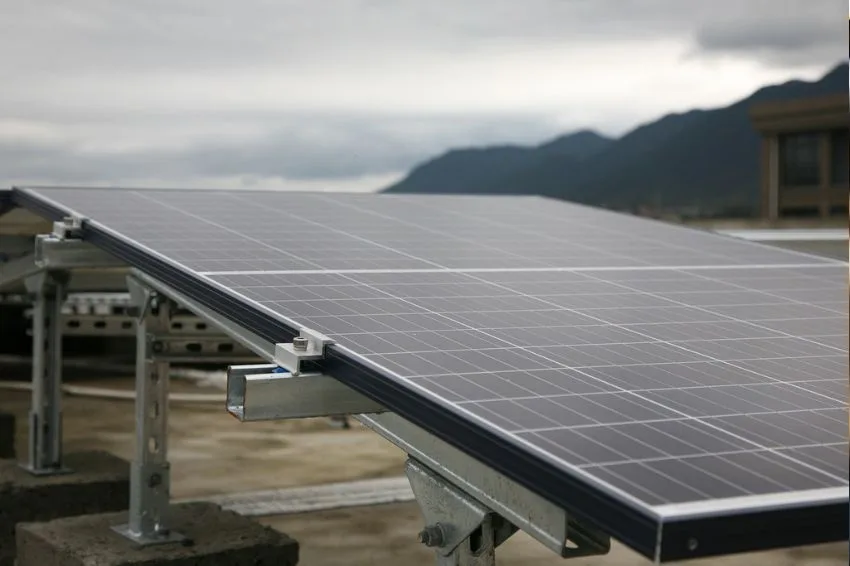EPE (Energy Research Company) foresees investments of around R$ 50 billion in Basic Transmission Network infrastructure of electrical energy in the coming years.
According to a study released this week, projects involve 15 thousand km of new transmission lines and 16 new substations, what are expected to come into operation between 2028 and 2029, depending on the auction schedule for the coming years. The information appears in the 2032 transmission expansion notebook.
The study serves to prepare the transmission system considering the forecast expansion of renewable electrical energy generation in the North and Northeast regions. The study considers a total of 34 GW of wind and solar generation contracted or confirmed by 2025.
Of this total, 19 GW are in operation, 6 GW contracted at auctions and 9 GW with an access opinion and CUST (Transmission System Use Contract) signed on the free market. Considering only solar plants, there are 2.3 GW in operation, 1.7 GW contracted at auctions and 5 GW on the free market.
According to EPE, when evaluating the global cost of expanding the system, considering the generation and transmission portions, it is concluded that the aforementioned investments return financial benefits to be enjoyed not only by generation agents, but also by the final energy consumer. electrical.
“The investments required to expand the system will provide a more competitive supply of electrical energy to the SIN (National Interconnected System), by providing access for new low-cost energy generation projects to the electrical grid”, highlights EPE.
Due to the high amounts required to expand the Northeast-Southeast/Central-West interconnection, there is a need for a new direct current bipole. Some connection possibilities for this new corridor are being evaluated, taking into account factors such as energy optimization and minimization of electrical losses.
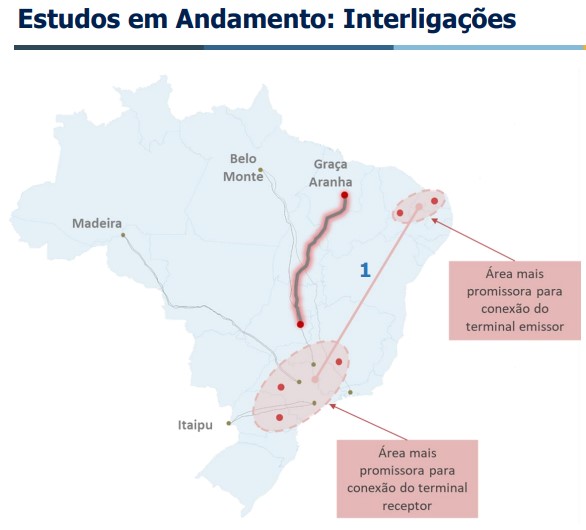
End-of-life assets
Assets at the end of their regulatory useful life could total contributions of R$ 37.6 billion over the next 10 years and a further R$ 18.3 billion on the horizon from 2033 onwards. “A challenge to be faced by transmission planning is the aging of the system of Brazilian transmission, a reality that tends to become more critical in the coming years”.
“It is necessary to ensure the rational replacement of the electrical system infrastructure at the end of its useful life so that the transmission network can operate with the levels of reliability and quality required by society”, concludes the planner.


